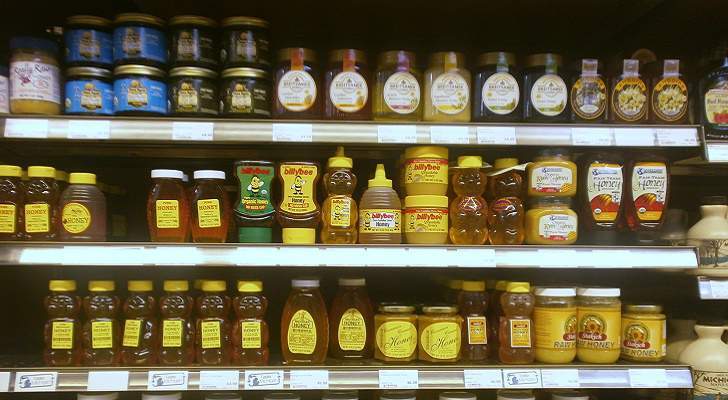The health benefits of raw, natural, organic honey are simply countless. It has powerful antimicrobial, antibacterial, and decongestant properties, and fights various ailments and diseases.
Yet, not all honey types offer the same qualities, so you should always choose all natural and organic honey. Unfortunately, there are numerous fake honey brands on the market, so here is how to spot them:
CAREFULLY READ THE LABEL
You need to initially read the label before buying honey, in order to check for additives, as produces are obliged to label the content and the percentage by a certain amount.
CRYSTALLIZATION
While real honey crystallizes over time, fake honey keeps its liquid, syrup-like composition.
WATER AND HONEY
Soak the honey in water, and if it melts, it is fake, as real honey dissolves into the water and after the water cools, it forms in clumps on the bottom of the container.
CARAMELIZATION
Heat up a few teaspoons of the honey in the microwave, and if it is real, it caramelizes. Yet, if it becomes foamy and bubbly, it is adulterated honey.
HONEY AND BREAD
Spread some honey on a slice of fresh bread, and if natural, the bread will harden. In the case of fake honey, the surface of the bread will become damp.
PAPER
Fake honey is high in water, so try putting a few drops of your honey on a sheet of paper, and if it gets absorbed, it is adulterated. All-natural honey won’t absorb in the paper.

